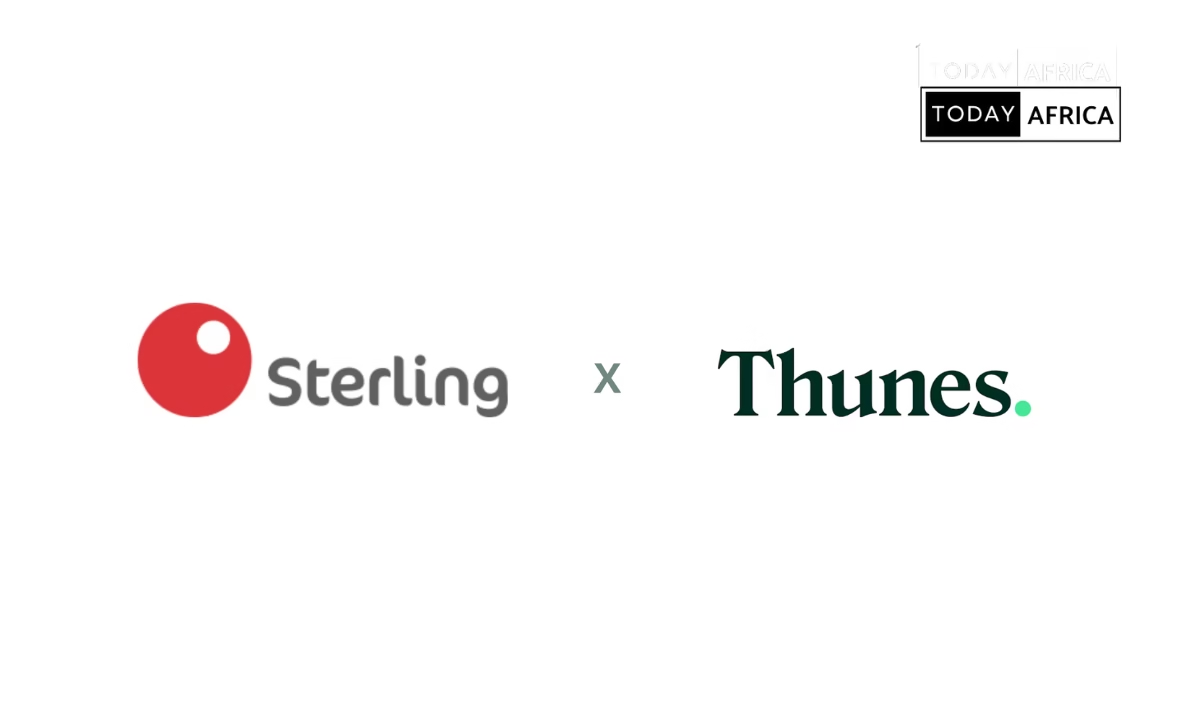Leveraging royalties as a tool for business financing is another way entrepreneurs can raise capital. While traditional methods like equity financing and debt are commonly known.
There is another option that offers a unique blend of benefits: royalty financing.
This form of financing allows businesses to leverage their intellectual property, products, or resources to secure the funds they need without giving up ownership or taking on debt.
So in this article, we’ll look at the concept of royalties and how they can be utilized as a financing tool.
What are Royalties?
Royalties are payments made to an individual or entity for the ongoing use of their intellectual property (IP). These payments are usually made on a recurring basis, such as monthly or annually, and are often calculated as a percentage of revenue or profits generated from the use of the asset.
Royalties are a common practice in industries such as music, literature, technology, natural resources, and franchising. For example, an author might receive royalties from book sales, or a technology company might earn royalties from licensing its patents to other companies.
Why Consider Royalties for Business Financing?
Royalty financing is an appealing option for businesses that want to avoid the dilution of equity or the burden of debt. Here are several reasons why a business might consider using royalties as a form of financing:
- Non-dilutive financing: Unlike equity financing, royalty financing does not require a business to give up ownership stakes. This means founders and existing shareholders maintain full control over the company.
- No debt obligation: Royalty financing does not involve taking on debt, so businesses are not required to make fixed interest payments. The payments to investors are variable and dependent on revenue, making them more manageable during periods of lower earnings.
- Flexible terms: Royalty agreements can be tailored to suit the specific needs of both the business and the investor, including the percentage of revenue, duration of the agreement, and the total amount to be paid.
- Alignment of interests: Since royalty payments are tied to revenue or profit, investors have a vested interest in the success of the business, creating a more collaborative relationship between the business and its financiers.
Types of Royalties
Royalty financing can be structured in various ways, depending on the type of asset being monetized. Below are some of the most common types of royalties:
1. Intellectual property royalties
Intellectual property (IP) royalties are payments made for the use of a company’s patents, trademarks, copyrights, or trade secrets. These are common in industries like technology, pharmaceuticals, and entertainment.
For example, a pharmaceutical company might license a patented drug to another company in exchange for royalty payments based on sales. Similarly, a tech company might license its software to other businesses and receive royalties based on the revenue generated by the licensees.
2. Natural resource royalties
Natural resource royalties are payments made to landowners or resource owners for the extraction and sale of natural resources such as oil, gas, minerals, or timber. These royalties are typically a percentage of the revenue generated from the sale of the resources.
For instance, a mining company might pay royalties to the government or landowners based on the quantity of minerals extracted and sold.
3. Franchise royalties
Franchise royalties are payments made by franchisees to franchisors for the right to operate a business under the franchisor’s brand and business model. These payments are usually a percentage of the franchisee’s sales or revenue.
Franchise royalties are common in industries such as fast food, retail, and hospitality. For example, a fast-food franchisee might pay royalties to the parent company based on a percentage of monthly sales.
Other types of royalties
There are various other forms of royalties, such as:
- Music and media royalties: Payments to artists, composers, and media producers for the use of their works.
- Book royalties: Payments to authors for the sale of their books.
- Technology royalties: Payments for the use of proprietary technology or software.
Leveraging Royalties as a Tool for Business Financing
When leveraging royalties as a tool for business financing, the process involves establishing a royalty agreement between your business and the investor. This agreement outlines the terms and conditions under which the investor provides funding in exchange for future royalty payments.
Setting up a royalty agreement
A royalty agreement should be carefully structured to align the interests of both the business and the investor. Key components of a royalty agreement include:
- Royalty rate: The percentage of revenue or profit that will be paid to the investor. This rate can vary depending on the industry, the type of asset, and the risk profile of the business.
- Duration: The length of time during which the royalty payments will be made. This can range from a few years to the life of the asset.
- Payment schedule: The frequency of royalty payments (e.g., monthly, quarterly, annually).
- Revenue thresholds: Some agreements may include revenue thresholds that must be met before royalty payments begin, ensuring that the business can sustain its operations.
- Cap on payments: In some cases, a cap may be set on the total amount of royalties to be paid, protecting the business from excessive payouts.

Advantages of leveraging royalties as a tool for business financing
Royalty financing offers several advantages to businesses:
- No equity dilution: Founders and existing shareholders retain full ownership and control of the company.
- Variable payments: Payments are tied to revenue, so they fluctuate with the business’s performance, reducing the financial burden during slower periods.
- No fixed debt payments: Unlike traditional loans, there are no fixed monthly payments, which can be a significant advantage for cash flow management.
- Attractive to investors: Royalty financing can be appealing to investors who want to share in the success of a business without taking on the risks associated with equity ownership.
Challenges and risks
Despite its advantages, royalty financing also comes with certain challenges and risks:
- Complexity: Structuring a royalty agreement can be complex. It requires legal and financial expertise to ensure that the terms are fair and mutually beneficial.
- Uncertain returns: Investors may face uncertain returns. Because royalty payments are dependent on the business’s revenue, which can be unpredictable.
- Potential for high costs: Over time, royalty payments can add up to a significant amount. This can potentially exceed the cost of traditional financing methods.
Read Also: What are Short-term Assets?
How to Attract Investors with Royalty Financing
Attracting investors for royalty financing requires careful planning and a compelling value proposition. Here are some strategies to consider:
1. Structuring the royalty agreement
To make the royalty agreement attractive to investors:
- Offer a competitive royalty rate: The rate should be attractive enough to entice investors while ensuring the business can sustain the payments.
- Set clear terms: The agreement should clearly outline the terms, including the duration, payment schedule, and any caps on total payments.
- Provide detailed projections: Investors will want to see detailed financial projections that demonstrate the potential for revenue and profitability, ensuring they will receive a return on their investment.
- Include revenue thresholds: To protect both parties, consider including revenue thresholds that must be met before royalty payments begin.
2. Negotiation tips
Negotiating a royalty financing deal requires careful consideration of both the business’s needs and the investor’s expectations. Here are some tips:
- Understand the investor’s perspective: Investors will be looking for a return on their investment. So, it’s important to understand their risk tolerance and desired outcomes.
- Be transparent: Provide full transparency regarding the business’s financials, potential risks, and growth plans.
- Balance flexibility and protection: While the agreement should be flexible enough to accommodate changes in the business’s revenue. It should also include protections for both parties, such as caps on payments or exit clauses.
- Seek legal and financial advice: Given the complexity of royalty agreements. It’s advisable to seek legal and financial advice to ensure the terms are fair and enforceable.
Conclusion
Leveraging royalties as a tool for business financing offers a unique and flexible option to raise capital without giving up ownership or taking on debt. By leveraging intellectual property, natural resources, or other assets. Businesses can secure the funding they need while aligning the interests of investors with their success.
However, like any form of financing, royalty agreements come with their own set of challenges and risks. Careful structuring, negotiation, and planning are essential to ensure that the terms are fair. The payments are manageable and the relationship between the business and investors remains positive.
For businesses with valuable assets or intellectual property, royalty financing can be a powerful tool to drive growth and innovation, offering a win-win solution for both the company and its investors.
Author’s Note: This article is intended to provide general information about royalty financing and should not be construed as legal or financial advice. Businesses considering royalty financing should consult with legal and financial professionals to ensure the best outcome.
















